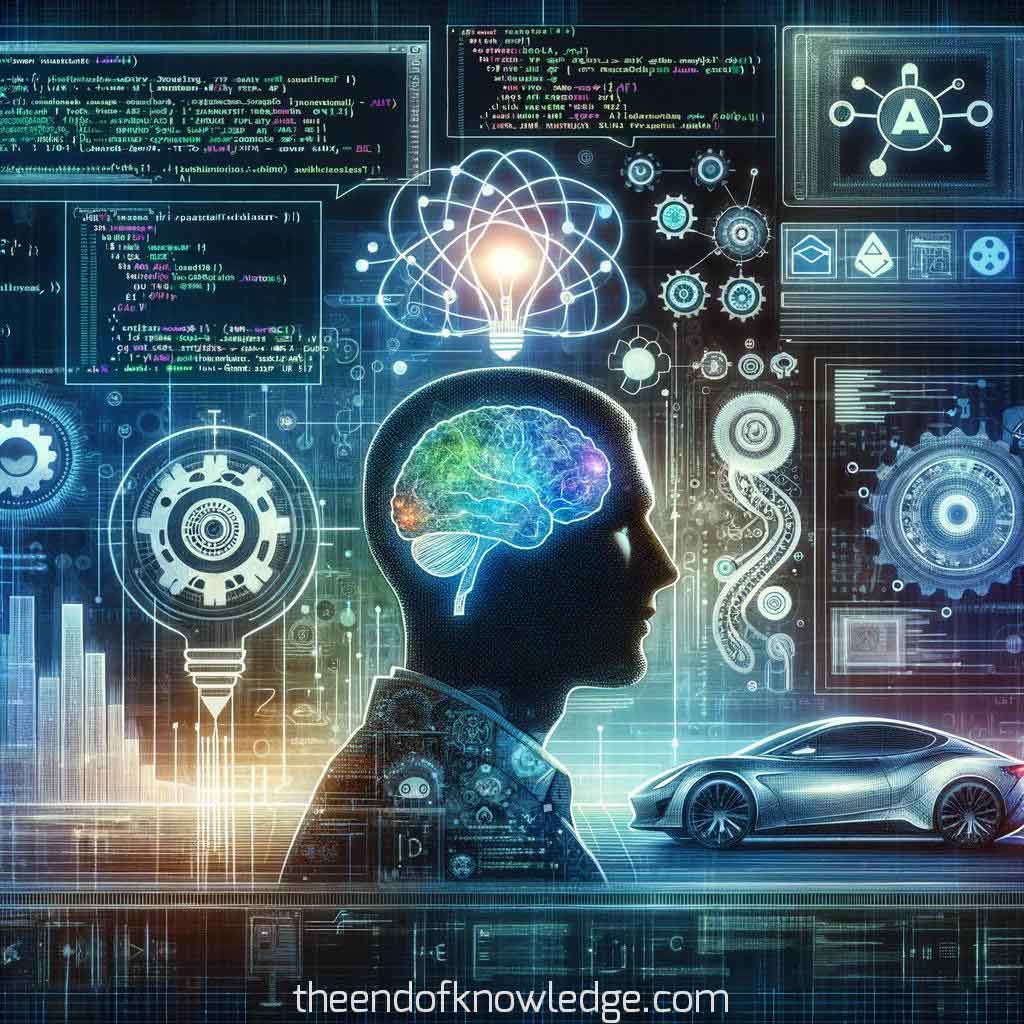 >
>
Concept Graph (using Gemini Ultra + Claude3):
Custom ChatGPT resume of the OpenAI Whisper transcription:
1.- Chris Lattner discusses the complexity of AI and programming, highlighting the evolving and challenging nature of the field.
2.- He emphasizes the rapid innovation in AI and its impact on tools like TensorFlow and PyTorch, which now have thousands of operators.
3.- Lattner outlines his vision for a universal platform to address the increasing complexity in computing and AI.
4.- He talks about his involvement in creating key technologies like LLVM Compiler Infrastructure, Clang Compiler, Swift Programming Language, and contributions to TensorFlow and TPUs.
5.- Lattner's role in AI includes serving as Vice President of Autopilot Software at Tesla and a software leader at Apple.
6.- He co-created a new AI infrastructure called Modular and a new programming language, Mojo, optimized for AI, being a superset of Python.
7.- Mojo aims for the usability of Python with the performance of C/C++, achieving significant speed improvements.
8.- Lattner discusses Mojo's vision: providing a platform for the AI-driven future with increased accessibility and usability.
9.- He stresses the importance of simplifying AI infrastructure to make it more understandable and usable by a wider audience.
10.- Mojo's development was driven by the need to make machine learning infrastructure more accessible and scalable.
11.- Lattner explains Mojo as AI-first but designed to be a fully general programming language.
12.- Modular, the software stack co-created by Lattner, aims to upgrade AI to the next generation, tackling big problems in AI deployment and use.
13.- He addresses the challenges in existing AI systems like TensorFlow and PyTorch, which were not designed with current AI demands in mind.
14.- Lattner points out the disconnect between rapidly evolving AI applications and the hardware landscape's complexities.
15.- Modular's goal is to solve problems in AI infrastructure, making AI research more productive and applicable in production.
16.- Mojo's role in this ecosystem is to enable high-level and low-level programming, getting closer to hardware for optimization.
17.- Lattner describes Python's appeal due to its intuitiveness and readability, making it popular in machine learning.
18.- He discusses Python's limitations, particularly its slow performance, and how Mojo addresses these issues.
19.- Mojo keeps Python's indentation-based syntax, which Lattner defends as rational and efficient.
20.- The language aims to retain Python's vast user base and its dominance in machine learning while addressing its shortcomings.
21.- Mojo is interpreted, JIT compiled, and statically compiled, offering flexibility and performance.
22.- The language integrates dynamic metaprogramming features, enabling efficient use on various hardware like GPUs.
23.- Mojo's compiler design includes innovative approaches like compile-time metaprogramming and caching.
24.- Lattner discusses the importance of Mojo's adaptability in programming at both runtime and compile-time.
25.- He highlights the challenges and complexities of implementing such a flexible compiler system.
26.- Mojo's design philosophy focuses on ease of use and learning, integrating runtime and compile-time programming.
27.- Auto-tuning in Mojo is explained as a method to optimize code performance on specific hardware without manual tuning.
28.- Lattner emphasizes the importance of performance in AI, linking it to cost savings, environmental impact, and better products.
29.- He discusses Mojo's approach to typing, allowing optional strict typing for improved performance and error reduction.
30.- Mojo aims to be a compatible superset of Python, supporting dynamic types and conventional Python features.
Interview byLex Fridman| Custom GPT and Knowledge Vault built byDavid Vivancos 2024